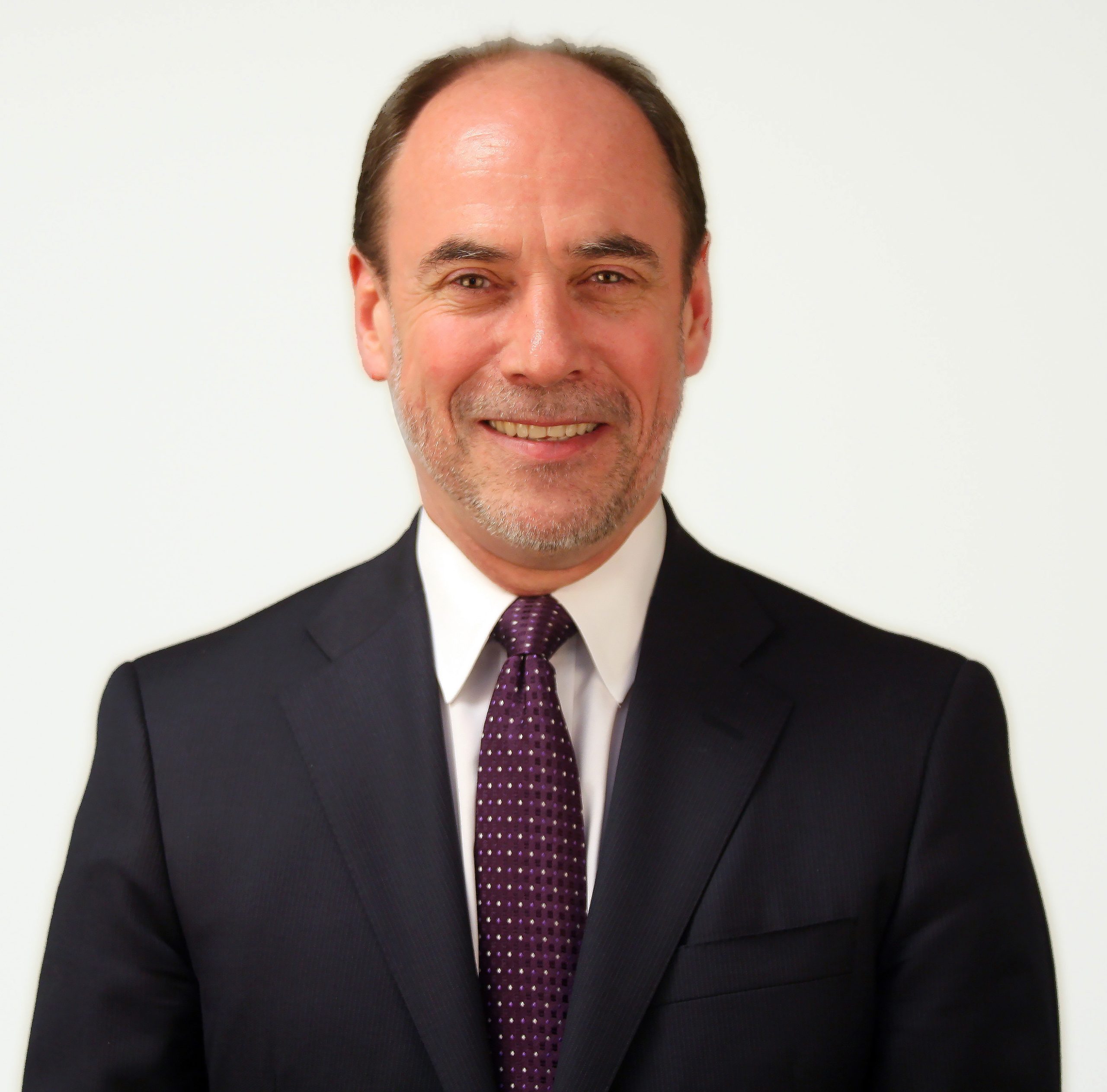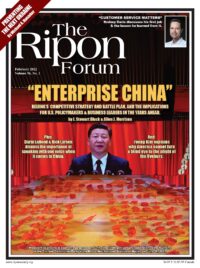
The shocking acceleration of inflation is the economic signature of 2021. In January, year-over-year Consumer Price Index (CPI) inflation was 1.4 percent; by December it had shot to 7.0 percent. Even more striking, prices for food, energy, and shelter – which constitutes over 50 percent of the typical family budget – had skyrocketed by 8.2 percent.
The 5.7 percentage point 12-month jump in CPI inflation has been exceeded only twice in the postwar era: In 1951, it jumped as much as 10.6 percentage points and in 1974, it rose 6.1 percentage points. Both episodes are instructive.
The 1951 episode is a cautionary tale about overstimulating the economy. In this case, year-over-year growth in gross domestic product entered the year in double-digit territory and Korean War-related defense production layered on year-over-year growth in government spending that peaked at 49 percent in the third quarter. Lesson: Excessive government spending in a hot economy can quickly fuel inflation.
In contrast, the 1974 episode demonstrates the exact opposite of demand stimulus. Instead, it features a huge supply cost shock – the quadrupling of oil prices due to the OPEC oil embargo. Lesson: Cost increases borne by supply problems can quickly be passed along to consumers, even if the economy is moving toward recession.
Perhaps the best we can hope from policymakers is that they stop adding to the problem with massive new spending bills, such as the Build Back Better Act.
The inflation of 2021 reflects a combination of these forces. The COVID-19 pandemic has wreaked havoc on labor markets worldwide, and the resulting disruptions in supply chains and goods production have been well-documented. These supply constraints increased costs and generated higher inflation across the globe. European consumer price inflation, for example, increased about one percentage point each quarter and ended 2021 at 4 percent. Part of the U.S. experience is driven by supply chain issues, as well.
But the U.S. government added fuel to the fire, passing the $1.9 trillion, deficit-financed American Rescue Plan stimulus in March 2021. At the time of its signing, the U.S. economy was growing at a red-hot 6.5 percent; additional stimulus was neither needed nor desirable. Inflation responded immediately to the policy error, jumping from 1.9 percent in the first quarter to 4.8 percent in the second quarter – nearly three times the increase of Europe’s supply-driven inflation. The fiscal stimulus was reinforced by an aggressively accommodative monetary policy that featured zero-percent interest rates and large, continuous monetary infusions. Inflation continued to rise as the year went on.
Inflation is clearly a problem in the present. Will it continue? To be durable, price inflation must be accompanied by wage inflation and higher inflation expectations. Wage inflation has already arrived, as average hourly earnings rose 5 percent from December 2020 to December 2021. To compound matters, consumers’ expectations for inflation over the next year rose from 3 percent to 6 percent during 2021. This raises the specter of workers bargaining for higher wages as a hedge against expected inflation. When those labor cost increases get passed on to consumers, the expected inflation becomes a self-fulfilling prophecy.
What should policymakers do?
To diagnose the roots of this inflation is to identify the appropriate policy response. Ultimately, the supply chain issues boil down to the impact of the coronavirus. This is best offset with a more effective public health policy. Both administrations have botched the response to COVID-19 with reliance on vaccines as a silver bullet. It is not surprising that, as The New York Times reported, six former Biden transition advisers called on the president “to adopt an entirely new domestic pandemic strategy geared to the ‘new normal’ of living with the virus indefinitely, not to wiping it out.”
The Federal Reserve … must take its foot off the monetary accelerator and begin tapping the brakes with higher interest rates and withdrawals of the massive monetary infusion undertaken during the pandemic.
Such a strategy would be composed of a greater range of responses to the pandemic, with more emphasis on testing and therapeutics, and less on mandates for lockdowns, vaccines, and masks.
There are, of course, traditional tools of economic policy available to slow the excess stimulus that is contributing to inflation. It is highly unlikely, however, that policymakers will soon embark on structural deficit reduction via higher taxes and lower spending. Perhaps the best we can hope from policymakers is that they stop adding to the problem with massive new spending bills, such as the Build Back Better Act.
Most of the focus is thus on the Federal Reserve, which must take its foot off the monetary accelerator and begin tapping the brakes with higher interest rates and withdrawals of the massive monetary infusion undertaken during the pandemic. If it taps too lightly, inflation will persist and become more entrenched. If it becomes too aggressive—as has habitually been the case in its postwar response to sharp rises in inflation—growth will stall, and a recession could ensue.
Inflation is the top economic issue this year but is largely attributable to Washington’s policy errors in the past year. Policymakers will have to raise their game in 2022 to tame inflation without damaging the recovery.
Douglas Holtz-Eakin is the President of the American Action Forum.




